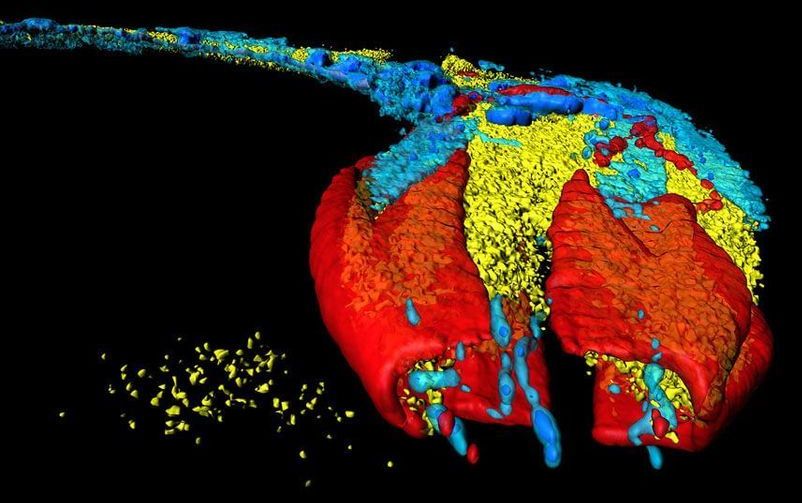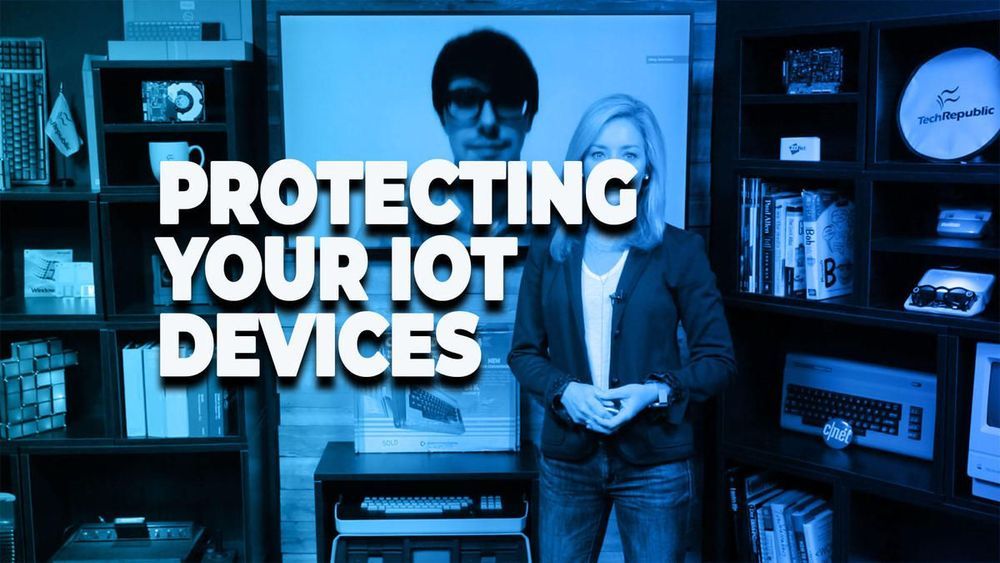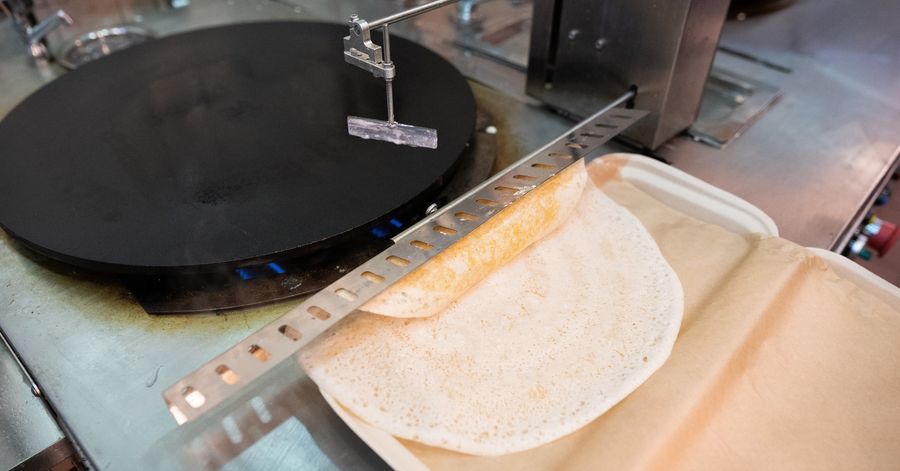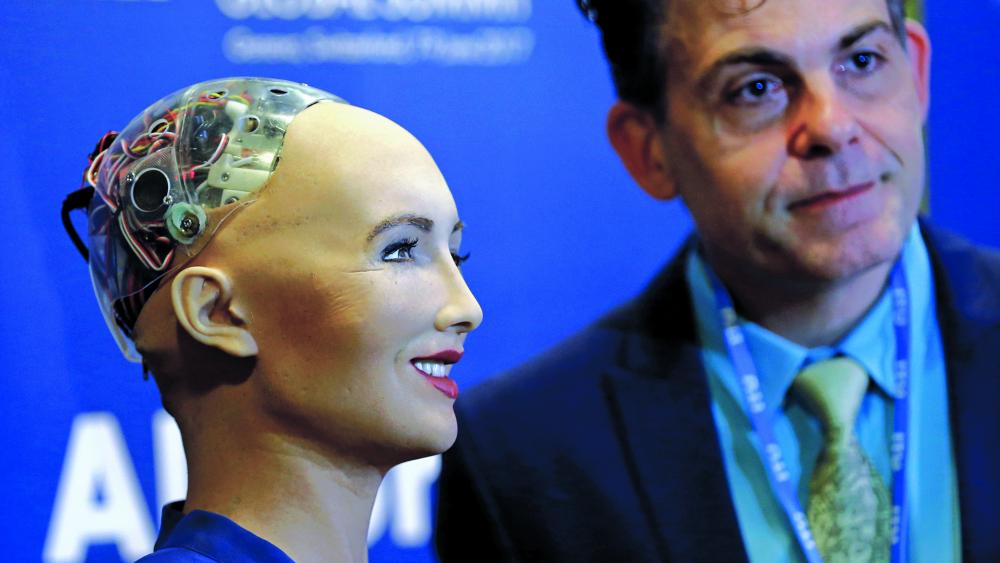Electrical muscle stimulation can speed up human reflexes. But can we use it without giving up control of our bodies?
Category: robotics/AI – Page 2,110
What Is Neuromorphic Computing (Cognitive Computing)
This video is the eleventh in a multi-part series discussing computing. In this video, we’ll be discussing what cognitive computing is and the impact it will have on the field of computing.
[0:28–5:09] Starting off we’ll discuss, what cognitive computing is, more specifically – the difference between current computing Von Neuman architecture and more biologically representative neuromorphic architecture and how these two paired together will yield massive performance and efficiency gains!
[5:09–10:46] Following that we’ll discuss, the benefits of cognitive computing systems further as well as current cognitive computing initiatives, TrueNorth and Loihi.
[10:46–17:11] To conclude we’ll extrapolate and discuss the future of cognitive computing in terms of brain simulation, artificial intelligence and brain-computer interfaces!
Thank you to the patron(s) who supported this video ➤
Wyldn pearson collin R terrell kiyoshi matsutsuyu

The First Complete Brain Wiring Diagram of Any Species Is Here
For a humble, microscopic worm with only 302 neurons, C. elegans has had a lot of firsts. It was the first multicellular animal to have its whole genome sequenced. It was also the spark that lit the connectome fire—the revolutionary idea that mapping the entirety of connections among neurons will unveil secrets of our minds, memory, and consciousness. And if the connectomists are to be believed, a map of individual brains may be the blueprint that will one day hurtle AI into human-level intelligence, or reconstruct an entire human mind in digital form.
More than 30 years ago, a pioneering group of scientists painstakingly traced and reconstructed the roundworm’s neural wiring by hand. The “heroic” effort, unaided by modern computers and brain-mapping algorithms, resulted in the first connectome in 1986.
Yet the “mind of the worm” map had significant lapses. For one, it only focused on one sex, the hermaphrodite—a “female” equivalent that can self-fertilize. This makes it hard to tell which connections are universal for the species, and which are dependent on sex and reproduction. For another, because the effort relied entirely on human beings who get tired, bored, and mess up, the map wasn’t entirely accurate. Even with multiple rounds of subsequent refinements, errors could linger, which would royally screw up any interpretation of results using these maps.


This Cute Robot Uses Sophisticated AI to Help Teach Kids
Infusions of artificial intelligence (AI) are making robots smart, social, and capable of interacting with people of all ages in a variety of settings.
AI Superpowers — China and Silicon Valley — Kai-Fu Lee
Lex Fridman, a Postdoctoral Associate at the MIT AgeLab, had a conversation with Kai-Fu Lee on Chinese soul, Difference between cultures of AI engineering, Role of data in near-term impact of AI, Impact of AI on jobs, Facing mortality and other issues.
Lex Fridman, had a conversation with Kai-Fu Lee on Chinese soul, Difference between cultures of AI engineering, Role of data in near-term impact of AI, Impact of AI on jobs, Facing mortality.

My Compliments to the Chef, Er, Robot
Robots are making their way into New York City’s restaurants.
A growing number of dining spots throughout town are using machines to prepare all manner of food and drink, in many cases replacing the employees who would normally handle the task. Think gizmos that can do everything from slice a sushi roll into eight uniform pieces to mix the perfect happy-hour cocktail.
Jeff Hawkins: Thousand Brains Theory of Intelligence | Artificial Intelligence (AI) Podcast
I listened to the first hour. it takes time… and the right frame of mind, but it’s worth it.
Jeff Hawkins is the founder of Redwood Center for Theoretical Neuroscience in 2002 and Numenta in 2005. In his 2004 book titled On Intelligence, and in his research before and after, he and his team have worked to reverse-engineer the neocortex and propose artificial intelligence architectures, approaches, and ideas that are inspired by the human brain. These ideas include Hierarchical Temporal Memory (HTM) from 2004 and The Thousand Brains Theory of Intelligence from 2017. This conversation is part of the Artificial Intelligence podcast. Audio podcast version is available on https://lexfridman.com/ai/
INFO:
Podcast website: https://lexfridman.com/ai
Course website: https://deeplearning.mit.edu
YouTube Playlist: http://bit.ly/2EcbaKf
EPISODE LINKS:
Thousand brain theory: http://bit.ly/2Xl83he
On Intelligence: https://amzn.to/322Qly4
Numenta: https://numenta.com/
OUTLINE:
